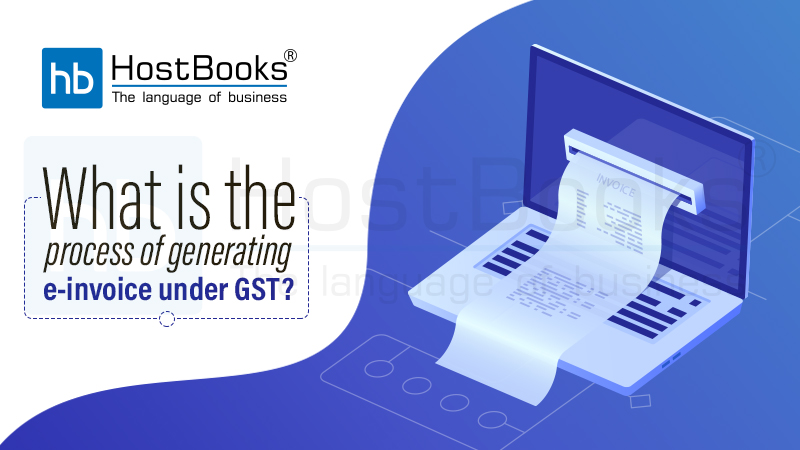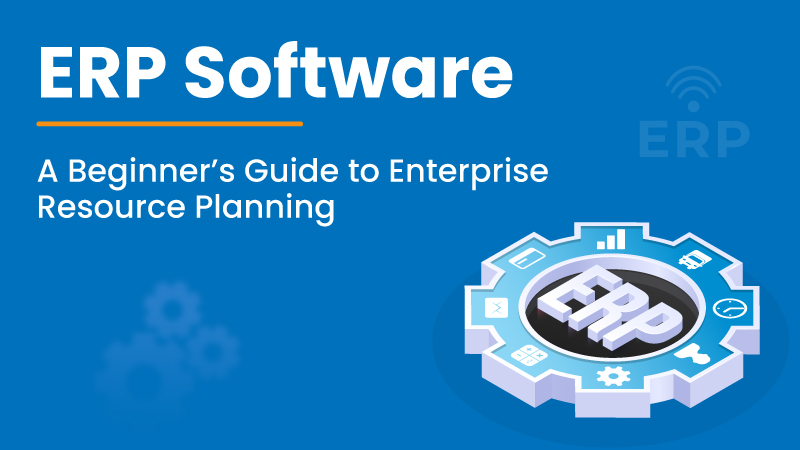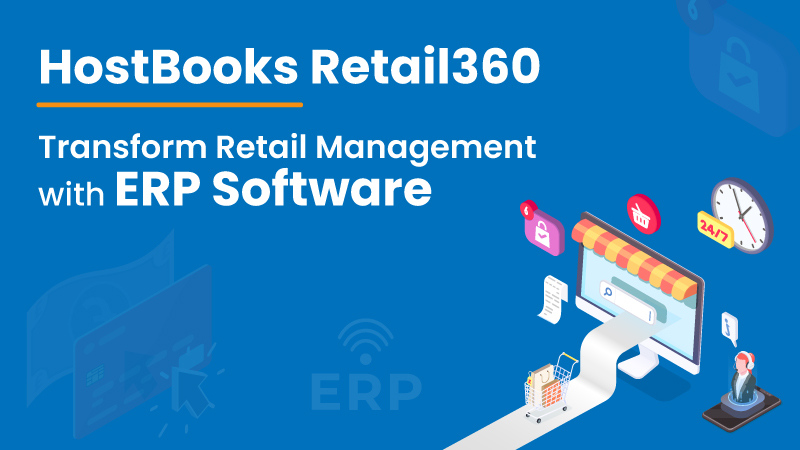What is the Process of Generating e-Invoice Under GST?

Source: Economic Times
The GST Council approved the implementation of electronic invoicing or E-invoicing for business to business (B2B) transactions from January 1, 2020. After being implemented, it might curb tax evasion by pre-populating GST returns with the e-invoice details. The filing of GST returns will also become simpler with easy reconciliation. Recently, a concept note was made available on the GST Network (GSTN) website explaining what e-invoice is and how it operates.
Much to the relief of the taxpayers, the document reaffirmed that generating e-invoice on the government’s tax portal is not mandatory. The taxpayer can continue to use the accounting system to create invoices. The only necessity is that the software should be able to generate the invoice in a specified template in JSON format.
Initially, e-invoicing will be made available for certain taxpayers having turnover or invoice value above a specific limit or on a voluntary basis. This will then be subsequently enabled for all taxpayers in a phased manner. As approved by the GST Council, the e-invoice scheme and template are available on the GSTN website at https://www.gstn.org/e-invoice.
A Way to Check on Tax Evasion
If implemented properly, e-invoicing reduces the compliance requirements by pre-populating various returns such as GSTR-1 and e-way bills. Furthermore, it standardizes the invoice format enabling interoperability of the data, eliminates false invoices, enables system-level matching of input tax credit (ITC) and output tax, and provides a complete trail of B2B transactions.
As the system progresses, the intercommunication of the transaction between the buyers’ and sellers’ software, e-way bill system and the banking systems is also being discussed. This facilitates the capturing of the complete transaction trail and can arrest tax evasion.
How Does e-Invoicing Work?
Step#1: First, the taxpayer or supplier will report the JSON format of the invoice to the Invoice Registration Portal (IRP). It should be noted that the IRP accepts the e-invoice only as a JSON file. Hence, the suppliers must have accounting software that can generate the invoice in such format.
However, the small and medium-sized taxpayers having annual turnover below ₹1.5 Crore not using any software to generate an invoice can use the accounting and billing software (online/offline) provided on the GSTN portal for free of cost.
Step#2: The IRP will then generate a unique Invoice Reference Number (IRN), digitally signing the e-invoice and also generating a QR code. Once the taxpayer uploads the invoice, the IRP computes hash (an alpha-numeric number) based on the supplier’s GST number, invoice number, and the financial year. The hash then becomes the IRN (Invoice Reference Number) which is unique to each invoice for the entire financial year.
Each hash is saved in a central registry of the GST system which prevents uploading of the same invoice by any supplier pertaining to the same financial year. Thereafter, the IRP authenticates the e-invoice by adding a digital signature to the JSON file. Only the e-invoice signed by the IRP is considered valid to be used for GST purposes. IRP also creates a QR code containing vital details such as GSTIN of seller and buyer, invoice number and invoice date, number of line items, HSN of major items contained in the invoice as per value, and hash.
Step#3: Lastly, IRP sends the e-invoice data with a digital signature and QR code to the buyer and seller on their email addresses provided on the invoice. Additionally, IRP shares the uploaded invoice data with GST and e-way bill system.
Upon validation, the GST system makes the e-invoice data available in ANX-1 (annexure of outward supplies) for the seller and in ANX-2 (annexure of inward supplies) for the buyer. The system will also determine the tax liability and input tax credit (ITC). The buyer will have an option to accept or reject the transaction.
In the meantime, using the received data, the e-way bill system creates Part-A of the e-way bill. Only, the vehicle number will need to be added in Part-B of the e-way bill.

Try HostBooks
SuperApp Today
Create a free account to get access and start
creating something amazing right now!
















